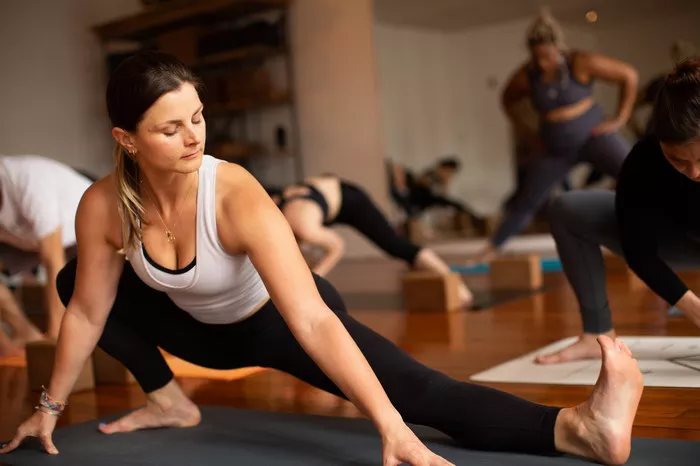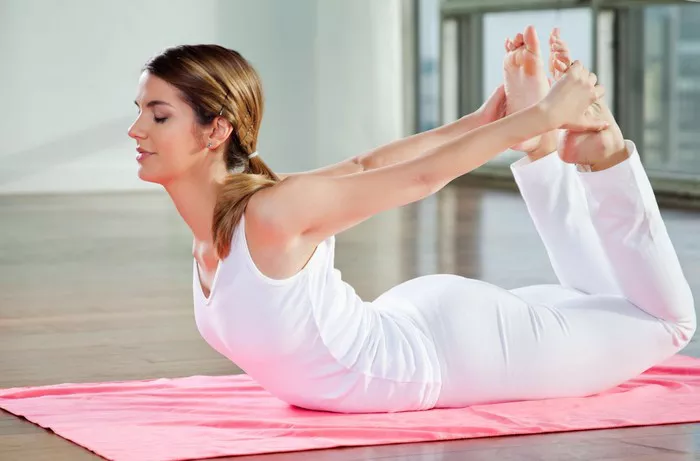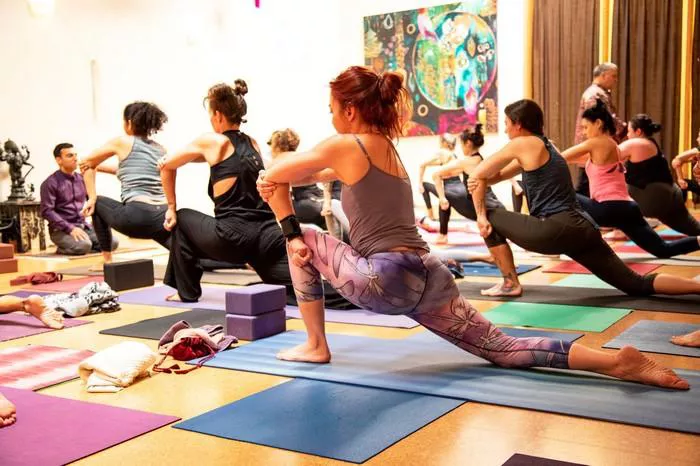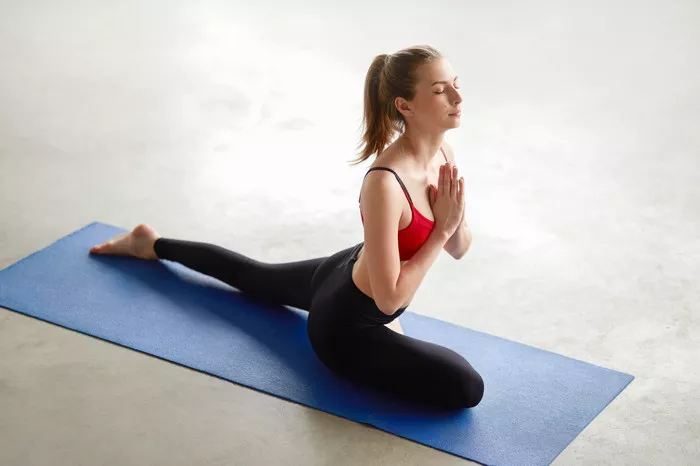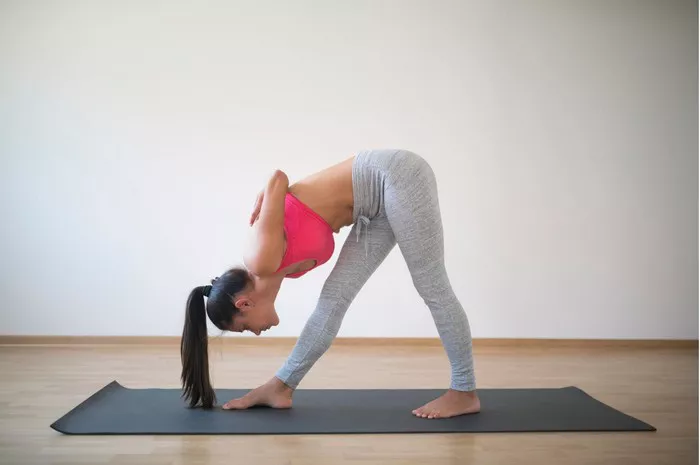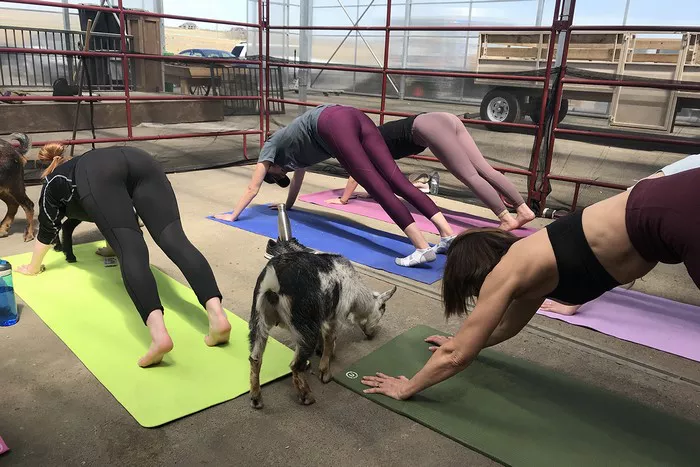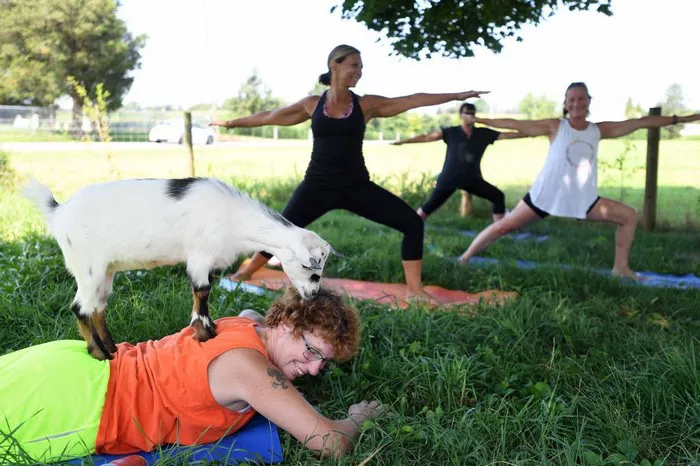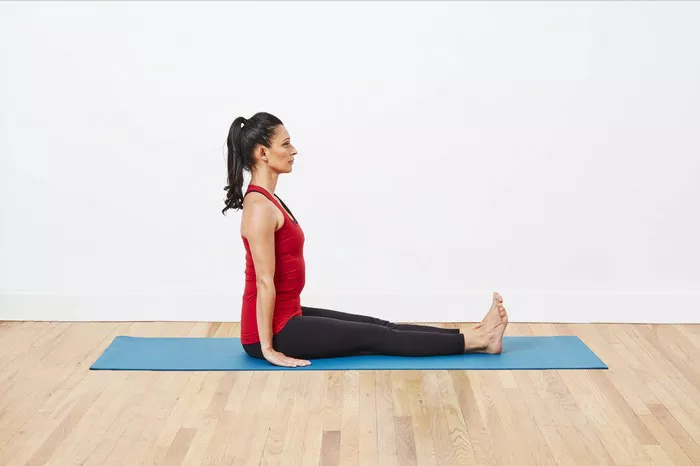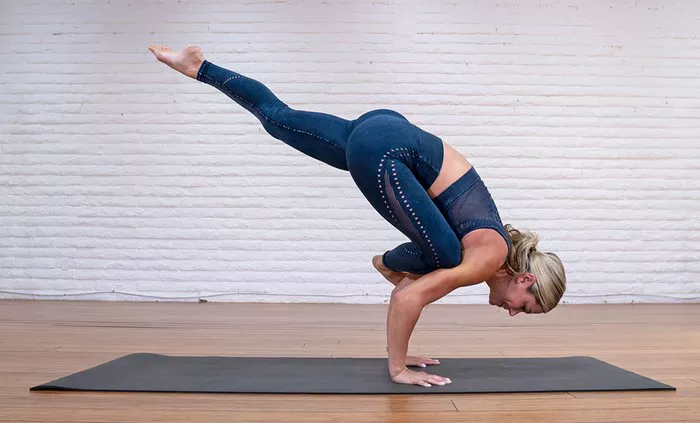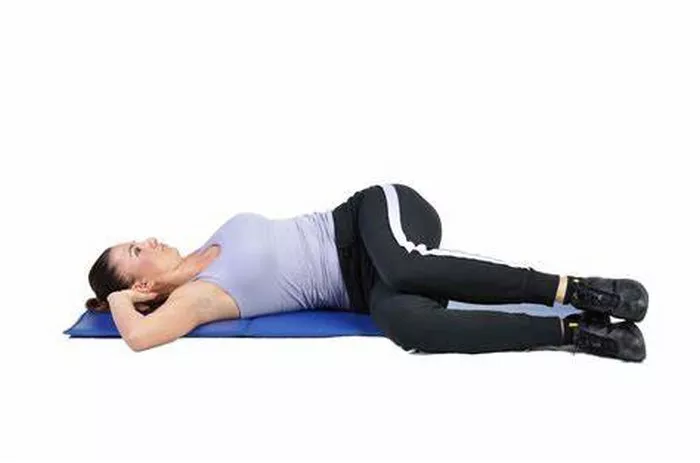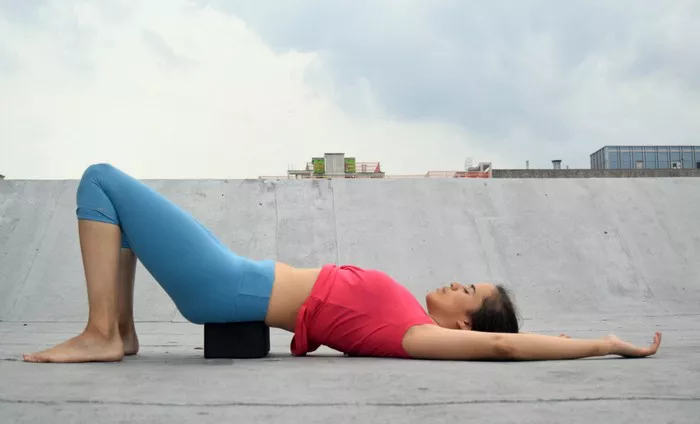Yoga is a practice that brings balance, strength, flexibility, and mindfulness to the body and mind. Whether you are a seasoned practitioner or a beginner, choosing the right environment to practice yoga plays a significant role in the quality of your session. One of the most natural settings for practicing yoga is outdoors, and many people gravitate toward grassy fields, parks, or their own backyard to do yoga. But is it okay to do yoga on grass? This article will explore the advantages and potential challenges of practicing yoga on grass, as well as provide tips for making the experience more comfortable and effective.
The Benefits of Practicing Yoga on Grass
Connection to Nature
Practicing yoga outdoors, particularly on grass, offers a profound connection to nature. The fresh air, the sounds of birds chirping, the warmth of the sun (or the coolness of the breeze), and the natural beauty surrounding you all contribute to a sense of peace and grounding. This connection to the earth is a principle that aligns closely with yoga philosophy, which encourages practitioners to unite with nature. Being in a natural environment can deepen your mindfulness, helping you feel more present in your practice.
Soft Surface for Joint Protection
Yoga often involves movements that require you to hold poses for long periods, place weight on your joints, or practice balance. Grass provides a softer surface compared to hard, unyielding floors. This can reduce the impact on your joints, particularly your knees, hips, and wrists. For those with joint issues or sensitivities, practicing yoga on grass can be a gentler alternative to doing so on a hard surface like concrete or tile.
Additionally, the uneven texture of grass can engage your muscles in ways that a flat surface cannot, potentially improving balance and body awareness. The slight instability encourages you to activate more muscles to maintain your posture, which can help improve stability and strength over time.
Fresh Air and Vitamin D
Yoga is not just about physical movement; it also promotes well-being through breathing exercises and mindfulness. When you practice yoga outdoors on grass, you’re benefiting from the abundance of fresh air. Outdoor air, compared to indoor environments, is often cleaner and fresher, allowing you to take deeper breaths, which enhances the efficacy of pranayama (breathing exercises). Fresh air improves oxygen levels in the body, boosting overall health and increasing your energy.
Additionally, spending time outside in the sunlight allows your body to absorb Vitamin D. This vital nutrient plays a role in strengthening your bones, boosting your immune system, and improving your mood. When practiced in the morning or late afternoon, yoga on grass can be a great way to soak in the sun’s nourishing rays while benefiting from its calming effects.
Enhanced Mindfulness and Focus
Practicing yoga outdoors, especially in a serene grassy area, often leads to improved mental clarity and concentration. The natural environment offers fewer distractions than an indoor studio or a busy street, allowing you to truly tune into your body, breath, and thoughts. The quietness of the outdoors, combined with the natural beauty of trees, flowers, or open fields, can help you become more mindful during your practice. It can create a sense of peace that enhances your yoga experience, deepening your connection to yourself.
Improved Grounding or “Earthing”
One of the less commonly discussed benefits of practicing yoga on grass is the concept of “grounding” or “earthing.” Grounding refers to the practice of connecting physically with the earth to neutralize the body’s electrical charge. When your bare feet or body are in contact with natural surfaces like grass or soil, it is believed that the earth’s energy can help to reduce inflammation, stress, and even improve sleep. Many yoga practitioners advocate for grounding during practices, as it is thought to promote a sense of calm and balance.
Potential Challenges of Doing Yoga on Grass
While there are many benefits to practicing yoga on grass, there are also potential challenges that should be taken into account. Here are some things to consider before rolling out your mat in a grassy area.
Uneven Surface
Grass, while softer than hard flooring, is often uneven, which can make it more challenging to maintain balance in certain yoga poses. For example, poses that require a stable base, like Downward Dog or Warrior II, can be more difficult to hold on a surface that isn’t perfectly flat. This can lead to a greater chance of slipping, falling, or misaligning the body during certain asanas. It’s important to be mindful of this when choosing your location, especially for poses that require precision and stability.
Wet Grass
If you plan to practice yoga early in the morning or after a rain shower, there is a chance that the grass will be damp. Wet grass can be uncomfortable, particularly if you’re practicing without a mat, as it can cause you to get cold or make your clothes damp. Additionally, wet grass can make surfaces slippery, which increases the risk of injury. If the grass is wet, consider waiting for the sun to dry it or use a yoga mat with good traction.
Insects and Allergens
Another drawback of practicing yoga on grass is the presence of insects. Bees, ants, mosquitoes, and other insects are common in grassy areas, which can be distracting or even uncomfortable during your yoga practice. Additionally, for those with allergies, grass and pollen can trigger sneezing or cause discomfort while practicing, especially if you are lying on the grass or performing poses that involve close contact with the ground.
To minimize the risk of insects and allergens, it’s a good idea to check the area beforehand. You may also want to wear long-sleeved clothes or apply insect repellent if you’re practicing in a particularly buggy area. Alternatively, you can consider bringing a yoga mat to protect yourself from both bugs and allergens.
Lack of Space
Grassy areas, particularly in parks or public spaces, can sometimes be crowded. It may be difficult to find a quiet, spacious area to practice without distractions or interference. If the area is crowded with people, pets, or other disturbances, it can be challenging to maintain focus during your yoga session. It’s important to choose a peaceful spot where you can fully immerse yourself in your practice. Consider arriving early in the morning or during off-peak hours when fewer people are likely to be around.
Grass Stains and Dirt
Yoga, especially in poses that involve your hands or knees touching the ground, can lead to grass stains or dirt on your clothes and skin. While this is usually not a major concern, it can be inconvenient, particularly if you’re practicing in your best yoga attire. You might want to wear older clothes that you don’t mind getting dirty or bring an extra towel to wipe off any dirt or stains afterward.
Tips for Practicing Yoga on Grass
To ensure that your yoga practice on grass is comfortable, effective, and enjoyable, here are some tips to keep in mind:
Use a Yoga Mat
While grass offers a soft surface, it may not be stable or comfortable enough to provide the support you need for all types of yoga poses. Using a yoga mat can help to create a stable foundation and protect your body from any potential discomfort or injuries. If you prefer to practice without a mat, opt for a thick towel or blanket for added cushioning.
Choose a Flat and Dry Spot
Before you start, survey the area to find a flat, dry, and clean spot. Avoid areas with patches of wet grass, mud, or uneven ground, as these can hinder your practice and cause discomfort. A flat surface will give you more stability, especially for balance-focused poses.
Wear Comfortable, Breathable Clothing
Grass can be a little rough on your skin, so wearing comfortable, breathable clothing will help you move freely and avoid any irritation. Choose light, moisture-wicking fabrics that will keep you cool, especially if you’re practicing in the warmer months. Avoid wearing shoes, as yoga is best practiced barefoot, which helps you stay connected to the earth.
Bring a Towel or Blanket
A towel or blanket can come in handy if you want extra cushioning or need to protect your mat from getting dirty. A towel can also be useful for wiping sweat away or cleaning any dirt that accumulates during your session.
Stay Hydrated
Practicing yoga outdoors, especially in warm weather, can make you sweat more than usual. Be sure to drink water before, during, and after your practice to stay hydrated and replenish lost fluids.
Check the Weather
If you’re planning to practice yoga outdoors, check the weather forecast before heading out. If it’s going to rain or be too hot, it may be better to practice indoors. Also, be aware of the time of day you’re practicing—early mornings or late afternoons tend to offer more favorable conditions for yoga than midday heat.
Conclusion
In conclusion, practicing yoga on grass can be an incredibly rewarding and grounding experience. It offers a chance to connect with nature, benefits the body through a soft and supportive surface, and allows for deeper mindfulness and awareness. However, like any outdoor practice, it comes with some challenges, such as uneven surfaces, wet grass, insects, and allergens. By taking a few precautions and preparing for the environment, you can enhance your outdoor yoga experience and enjoy the many benefits of practicing yoga on grass. Whether in a peaceful park or your own backyard, yoga on grass can be a refreshing way to deepen your practice and enjoy the beauty of the natural world.
Related Topics:

